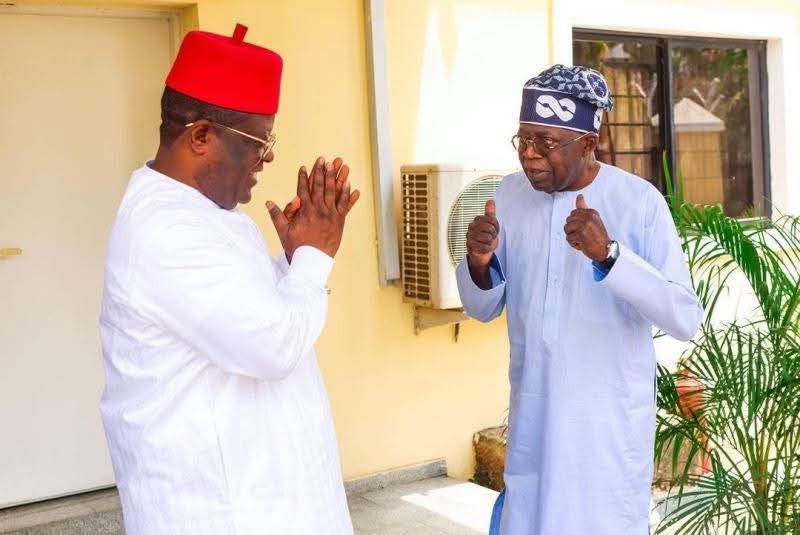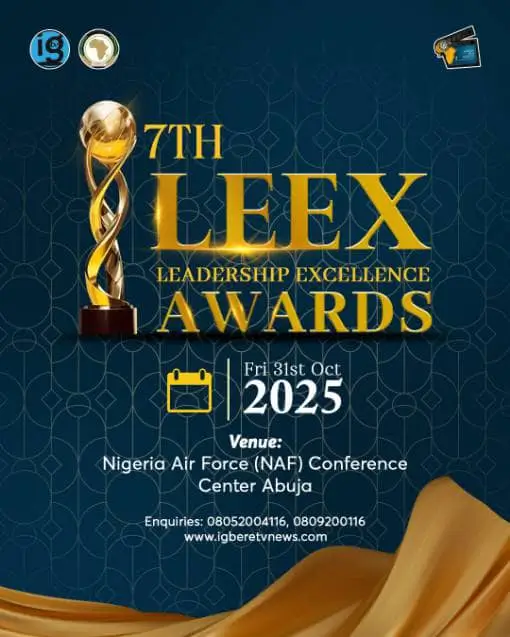Minister of Works, David Umahi, says structural rehabilitation of Lagos’ Third Mainland Bridge will cost over ₦3 trillion.
Speaking after the Federal Executive Council (FEC) meeting in Abuja, he revealed underwater and structural assessments showed “severe d+mage caused by illegal sand mining, erosion, and corrosion” to the bridge’s piles and piers.

“The rehabilitation is estimated at ₦3.8 trillion, while a complete rebuild would cost about ₦3.6 trillion,” Umahi said. “We have approval for at least seven specialist contractors to carry out detailed investigations, designs and bids for both rehabilitation and new construction under an EPC+F arrangement.”
He noted similar findings for the Carter Bridge, deemed beyond repair, with contractor Julius Berger recommending full replacement at ₦359 billion. The FEC approved advertising for PPP bids and funding talks with lenders, including Deutsche Bank.
“The underwater problems are compounded by decades of neglect and human activities that have undermined the bridge’s substructure,” Umahi said. “We cannot delay. If we decide on rehabilitation, it will require huge resources and specialised engineering. If we opt for a new build, it is slightly less costly but still a massive undertaking.”
FEC also approved interventions for d+maged bridges nationwide, including those in Taraba, Nasarawa, Niger, Kogi, Kwara, and Lagos. “These emergency works will be documented and forwarded to the President for approval,” he said.
Additionally, ₦493 billion was allocated for upgrading the Kano–Katsina Road and building a new Carter Bridge. Costs for the 152km road have risen sharply, with Section One now ₦68 billion and Section Two ₦66.115 billion.
“These are not projects that can be funded solely from the federal budget, given their magnitude,” Umahi said. “We are pursuing partnerships that will bring in private capital while ensuring the government retains oversight and quality control.”







